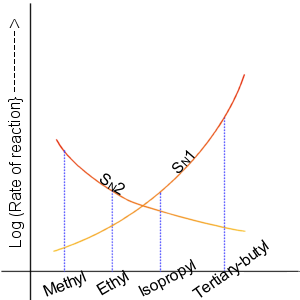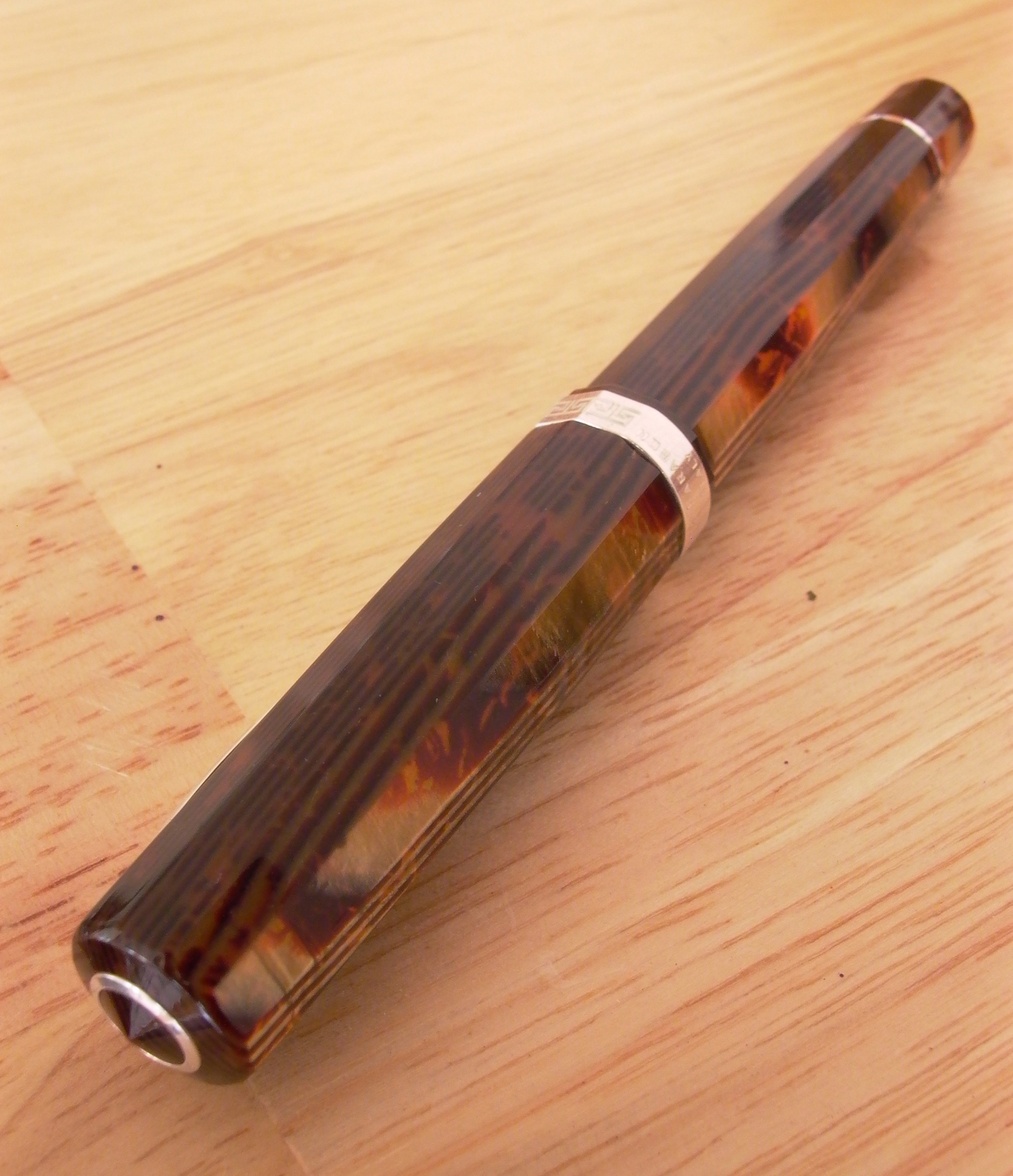|
1862 In Science
The year 1862 in science and technology involved some significant events, listed below. Astronomy * January 31 – Alvan Graham Clark makes the first observation of Sirius B, a white dwarf star, through an eighteen-inch telescope at Northwestern University in Illinois. Biology * May 15 – Charles Darwin publishes '' On the various contrivances by which British and foreign Orchids are fertilised by insects, and on the good effects of intercrossing''. * Henry Walter Bates publishes "Contributions to an insect fauna of the Amazon valley. ''Lepidoptera: Heliconidae''" describing Batesian mimicry. * George Bentham and Joseph Dalton Hooker begin publication of Genera plantarum' based on the collections of the Royal Botanic Gardens, Kew, England. * John Gwyn Jeffreys begins publication of ''British Conchology, or an account of the Mollusca which now inhabit the British Isles and the surrounding seas''. Chemistry * Chemist and composer Alexander Borodin describes the first nucleophilic ... [...More Info...] [...Related Items...] OR: [Wikipedia] [Google] [Baidu] |
Science
Science is a systematic endeavor that builds and organizes knowledge in the form of testable explanations and predictions about the universe. Science may be as old as the human species, and some of the earliest archeological evidence for scientific reasoning is tens of thousands of years old. The earliest written records in the history of science come from Ancient Egypt and Mesopotamia in around 3000 to 1200 BCE. Their contributions to mathematics, astronomy, and medicine entered and shaped Greek natural philosophy of classical antiquity, whereby formal attempts were made to provide explanations of events in the physical world based on natural causes. After the fall of the Western Roman Empire, knowledge of Greek conceptions of the world deteriorated in Western Europe during the early centuries (400 to 1000 CE) of the Middle Ages, but was preserved in the Muslim world during the Islamic Golden Age and later by the efforts of Byzantine Greek scholars who brought Greek ... [...More Info...] [...Related Items...] OR: [Wikipedia] [Google] [Baidu] |
Nucleophilic Displacement
In chemistry, a nucleophilic substitution is a class of chemical reactions in which an electron-rich chemical species (known as a nucleophile) replaces a functional group within another electron-deficient molecule (known as the electrophile). The molecule that contains the electrophile and the leaving functional group is called the substrate. The most general form of the reaction may be given as the following: :\text\mathbf + \ce + \text\mathbf The electron pair (:) from the nucleophile (Nuc) attacks the substrate () and bonds with it. Simultaneously, the leaving group (LG) departs with an electron pair. The principal product in this case is . The nucleophile may be electrically neutral or negatively charged, whereas the substrate is typically neutral or positively charged. An example of nucleophilic substitution is the hydrolysis of an alkyl bromide, R-Br under basic conditions, where the attacking nucleophile is hydroxyl () and the leaving group is bromide (). :R-Br + OH- ... [...More Info...] [...Related Items...] OR: [Wikipedia] [Google] [Baidu] |
Maurice Raynaud
Auguste Gabriel Maurice Raynaud (10 August 1834 – 29 June 1881) was the French doctor who discovered Raynaud syndrome, a vasospastic disorder which contracts blood vessels in extremities and is the "R" in the CREST syndrome acronym, in the late 19th century. Life and career Maurice Raynaud was the son of a university professor. He commenced his medical studies at the University of Paris with the help of his uncle, the well known Paris physician Ange-Gabriel-Maxime Vernois (1809–1877), and obtained his medical doctorate in 1862. He thus became one of the select few who have achieved eponymous fame with their doctoral dissertation, in his case: ''De l'asphyxie locale et de la gangrène symétrique des extrémités''. He became a holder of a ''Doctorat ès lettres'' the following year with the 48 page article " Asclepiades of Bithynia, doctor and philosopher", and the book "Medicine in Molière's time". Raynaud never received a senior position at any of the Paris hospitals, b ... [...More Info...] [...Related Items...] OR: [Wikipedia] [Google] [Baidu] |
Pedology
Pedology (from Greek: πέδον, ''pedon'', "soil"; and λόγος, ''logos'', "study") is a discipline within soil science which focuses on understanding and characterizing soil formation, evolution, and the theoretical frameworks for modeling soil bodies, often in the context of the natural environment. Pedology is often seen as one of two main branches of soil inquiry, the other being edaphology which is traditionally more agronomically oriented and focuses on how soil properties influence plant communities (natural or cultivated). In studying the fundamental phenomenology of soils, e.g. soil formation (aka pedogenesis), pedologists pay particular attention to observing soil morphology and the geographic distributions of soils, and the placement of soil bodies into larger temporal and spatial contexts. In so doing, pedologists develop systems of soil classification, soil maps, and theories for characterizing temporal and spatial interrelations among soils . There are a few note ... [...More Info...] [...Related Items...] OR: [Wikipedia] [Google] [Baidu] |
Friedrich Albert Fallou
Friedrich Albert Fallou (1794–1877) was the German founder of modern soil science. While working as a lawyer and tax assessor, Fallou established himself as an independent scientist, a recognized authority in the natural history of farm and forest soil. In 1862 he advanced the idea that soil was separate in nature from geology. Intent on establishing the study of soils as an independent science, Fallou introduced the term pedology (german: pedologie). Life Friedrich Albert Fallou came from an aristocratic French Huguenot family. He was the son of a judicial bailiff, and spent his childhood in Rochlitz and Grimma, where he was a student at the Gymnasium St. Augustine. He never married. From 1814 to 1817 Fallou studied jurisprudence at the University of Leipzig. From 1818 to 1824 he worked as a lawyer in Colditz. In 1825 he was appointed town clerk of Waldheim and worked as administrative officer at the City Court, and as a land value tax assessor. His love of nature turned his ... [...More Info...] [...Related Items...] OR: [Wikipedia] [Google] [Baidu] |
Plastics Industry
The plastics industry manufactures polymer materials—commonly called plastics—and offers services in plastics important to a range of industries, including packaging, building and construction, electronics, aerospace, and transportation. It is part of the chemical industry. In addition, as mineral oil is the major constituent of plastics, it therefore forms part of the petrochemical industry. Besides plastics production, plastics engineering is an important part of the industrial sector. The latter field is dominated by engineering plastic as raw material because of its better mechanical and thermal properties than the more widely used commodity plastics. Companies Markets According to PlasticsEurope, the top three markets for plastics are packaging, building and construction, and automotive. Production Plastics production has been growing globally. The numbers include thermoplastics and polyurethanes, as well as thermosets, adhesives, coatings and sealants and PP-fibe ... [...More Info...] [...Related Items...] OR: [Wikipedia] [Google] [Baidu] |
Synthetic Polymer
Some familiar household synthetic polymers include: Nylons in textiles and fabrics, Teflon in non-stick pans, Bakelite for electrical switches, polyvinyl chloride (PVC) in pipes, etc. The common PET bottles are made of a synthetic polymer, polyethylene terephthalate. The plastic kits and covers are mostly made of synthetic polymers like polythene, and tires are manufactured from Buna rubbers. However, due to the environmental issues created by these synthetic polymers which are mostly non-biodegradable and often synthesized from petroleum, alternatives like bioplastics are also being considered. They are however expensive when compared to the synthetic polymers. Inorganic polymers *Polysiloxane *Polyphosphazene * Polyborazyline Organic polymers The eight most common types of synthetic organic polymers, which are commonly found in households are: *Low-density polyethylene (LDPE) *High-density polyethylene (HDPE) *Polypropylene (PP) * Polyvinyl chloride (PVC) *Polystyrene ... [...More Info...] [...Related Items...] OR: [Wikipedia] [Google] [Baidu] |
Parkesine
Celluloids are a class of materials produced by mixing nitrocellulose and camphor, often with added dyes and other agents. Once much more common for its use as photographic film before the advent of safer methods, celluloid's common contemporary uses are table tennis balls, musical instruments, combs, office equipment, and guitar picks. History Nitrocellulose Nitrocellulose-based plastics slightly predate celluloid. Collodion, invented in 1848 and used as a wound dressing and an emulsion for photographic plates, is dried to a celluloid like film. Alexander Parkes The first celluloid as a bulk material for forming objects was made in 1855 in Birmingham, England, by Alexander Parkes, who was never able to see his invention reach full fruition, after his firm went bankrupt due to scale-up costs. Parkes patented his discovery as Parkesine in 1862 after realising a solid residue remained after evaporation of the solvent from photographic collodion. Parkes patented it as a cloth ... [...More Info...] [...Related Items...] OR: [Wikipedia] [Google] [Baidu] |
Alexander Parkes
Alexander Parkes (29 December 1813 29 June 1890) was a metallurgist and inventor from Birmingham, England. He created Parkesine, the first man-made plastic. Biography The son of a manufacturer of brass locks, Parkes was apprenticed to Messenger and Sons, brass founders of Birmingham, before going to work for George and Henry Elkington, who patented the electroplating process. Parkes was put in charge of the casting department, and his attention soon began to focus on electroplating. Parkes took out his first patent (No. 8905) in 1841 on a process for electroplating delicate works of art. His improved method for electroplating fine and fragile objects, such as flowers, was granted a patent in 1843. The process involved electroplating an object previously dipped in a solution of phosphorus contained in bisulphide of carbon, and then in nitrate of silver. A spider's web, silver-plated according to this method, was presented to Prince Albert when he visited the Elkington works in 1 ... [...More Info...] [...Related Items...] OR: [Wikipedia] [Google] [Baidu] |
Atomic Weight
Relative atomic mass (symbol: ''A''; sometimes abbreviated RAM or r.a.m.), also known by the deprecated synonym atomic weight, is a dimensionless physical quantity defined as the ratio of the average mass of atoms of a chemical element in a given sample to the atomic mass constant. The atomic mass constant (symbol: ''m'') is defined as being of the mass of a carbon-12 atom. Since both quantities in the ratio are masses, the resulting value is dimensionless; hence the value is said to be ''relative''. For a single given sample, the relative atomic mass of a given element is the weighted arithmetic mean of the masses of the individual atoms (including their isotopes) that are present in the sample. This quantity can vary substantially between samples because the sample's origin (and therefore its radioactive history or diffusion history) may have produced unique combinations of isotopic abundances. For example, due to a different mixture of stable carbon-12 and carbon-13 isoto ... [...More Info...] [...Related Items...] OR: [Wikipedia] [Google] [Baidu] |
Chemical Element
A chemical element is a species of atoms that have a given number of protons in their nuclei, including the pure substance consisting only of that species. Unlike chemical compounds, chemical elements cannot be broken down into simpler substances by any chemical reaction. The number of protons in the nucleus is the defining property of an element, and is referred to as its atomic number (represented by the symbol ''Z'') – all atoms with the same atomic number are atoms of the same element. Almost all of the baryonic matter of the universe is composed of chemical elements (among rare exceptions are neutron stars). When different elements undergo chemical reactions, atoms are rearranged into new compounds held together by chemical bonds. Only a minority of elements, such as silver and gold, are found uncombined as relatively pure native element minerals. Nearly all other naturally occurring elements occur in the Earth as compounds or mixtures. Air is primarily a mixture o ... [...More Info...] [...Related Items...] OR: [Wikipedia] [Google] [Baidu] |





%2C_black_and_white.png)